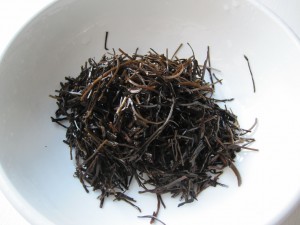 Long before the development of agriculture, coastal peoples harvested a variety of nutritious vegetables from the sea. Though sea vegetables are used in many countries, their use in Japan has been the most popular.
Long before the development of agriculture, coastal peoples harvested a variety of nutritious vegetables from the sea. Though sea vegetables are used in many countries, their use in Japan has been the most popular.
The seaweed industry there dates back to the 14th century. The actual farming of sea vegetables began in the 1700’s in shallow coastal waters that are why sea vegetables are as common to the traditional cuisine as garden vegetables. Ireland and Japan harvest many types of sea vegetables but they grow all over the worlds oceans.
Sea vegetables provide a variety of delicious flavours and add lovely contrasting colours. They are rich in essential minerals, vitamins, proteins, and important trace elements that are often lacking in land vegetables because of soil demineralization. For people following a non-dairy, vegetarian diet they provide calcium, iron, iodine plus a variety of other minerals.
They also have an abundance of vitamins, including vitamins A, B1, B2, B6, B12, niacin, vitamin C, pantothenic acid and folic acid. Because their carbohydrate is mostly indigestible they contain few calories. Dried, they are only about 25% protein and a low 2% fat.
Sea vegetables are sold in their dry form, often in sealed packages. They should be stored in a dry, dark place, and if kept dry can be stored for up to a year.
This week I’ll be taking a closer look at the following sea vegetables: Kombu, Nori, Wakame, Hijiki and Arame, and Agar.



